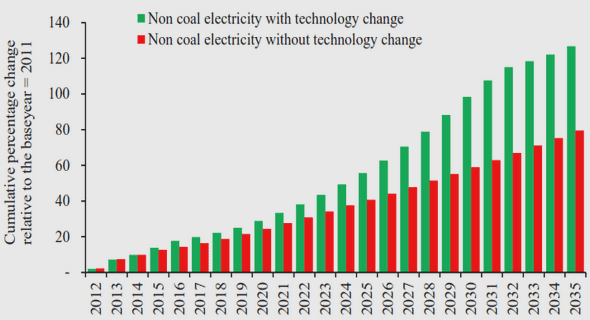(Downloads - 0)
For more info about our services contact : help@bestpfe.com
Table of contents
GENERAL INTRODUCTION
1.Grapevine
1.1.Grapevine phenology
1.2.Vegetative cycle
1.3.Reproductive cycle
1.4.Grape morphology
1.5.Grape composition
1.6.Flavonoid biosynthesis regulation
2.Ultraviolet-B (UV-B) radiation
2.1.UV-B radiation reaching the earth
2.2.Plant responses to UV-B radiation
3.Climate change related factors
3.1.Atmospheric CO2 concentration, air temperature and water availability
3.2.Effects of water deficit, elevated temperature and elevated CO2 on grapevine
4.Research under controlled conditions
4.1.Using greenhouses to simulate climate change conditions
4.2.Fruit-bearing cuttings model
5.References
OBJECTIVES
CHAPTER 1. Short- and long-term physiological responses of grapevine leaves to UV-B radiation
CHAPTER 2. Ultraviolet-B radiation modifies the quantitative and qualitative profile of flavonoids and amino acids in grape berries
CHAPTER 3. Characterization of the adaptive response of grapevine (cv. Tempranillo) to UV-B radiation under water deficit conditions
CHAPTER 4. Ultraviolet-B radiation and water deficit interact to alter flavonol and anthocyanin profile in grapevine berries through transcriptomic regulation
CHAPTER 5. Climate change conditions (elevated CO2 and temperature) and UV-B radiation affect grapevine (Vitis vinifera cv. Tempranillo) leaf carbon metabolism, altering fruit ripening rates
CHAPTER 6. UV-B alleviates the uncoupling effect of climate change conditions (elevated CO2-temperature) on grape berry (Vitis vinifera cv. Tempranillo) anthocyanin-sugar accumulation
GENERAL DISCUSSION
CONCLUSIONS



